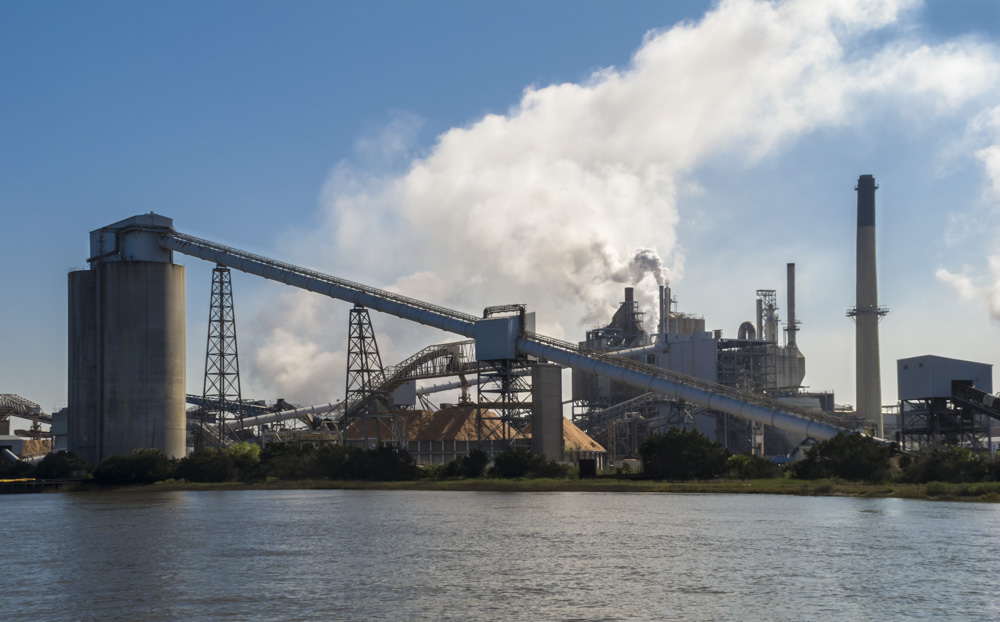The pulp and paper industry evolves quickly, but we keep our finger on the pulse. Keep reading for some notable news in the industry.
Canadian Pulp and Paper Conference Talks Workforce and Tech Investments
PACWEST, an annual pulp and paper conference that takes place in Canada, hosted over 280 delegates from mills across the country to discuss workforce and technological investments in the industry. The event took place at the beginning of June this year in British Columbia.
The conference opened with a forum on the importance of investing in people for the future of the industry. So much of the workforce is retiring, and many plants and mills are struggling to find quality talent to replace these individuals.
In addition to an aging workforce, the industry at large is also dealing with aging equipment, meaning that most operations are falling behind in terms of technology. To address these central problems, the logical solution was to increase investment in both of these areas, not only to invest in the future of the industry, but also to compete with international powers that are already taking these steps.
For example, one measure many mills will be taking immediately is hiring workers with strong leadership and technological skills. While it may require a longer time frame and more financial investment, this one measure will allow mills to maximize profitability and ensure success well into the future.
The CEO of one pulp mills company suggested that plants and mills also begin actively working toward eliminating unsafe, low-end jobs, and replacing those with more advanced machinery. This will ensure that the workers the mills do attract will be more skilled, more committed, and more likely to stick around. That’s when you see the greatest return on your investment in terms of plant employment.
Forests Are Thriving
Stepping away from single-use plastics like straws, take-away cups, and grocery bags is becoming more and more universal, which consequently increases demand for paper products. Forests are selectively harvested and replanted as sustainably as possible, especially as the industry balances recycled materials with new fibers, which reduces waste.
Increased demand for paper products actually has the opportunity to drive up environmental health and sustainability, when handled responsibly—and responsible management includes robust recycling efforts, reforestation, and other efforts to keep net emissions low. The math breaks down simply—more trees need to be planted than harvested.
In fact, parts of the world with the lowest wood consumption actually show the greatest net forest loss, because the areas that consume more wood invest more heavily in replanting efforts. In 2019, the United States actually has more forested land than it did in the 1900s, and the total volume of trees grown in the southeastern region of the country increased by 50% between 1953 and 2011. Provided that the industry interacts with its source materials responsibly, the industry and the environment can thrive side by side.
Stay up-to-date with all things pulp and paper—contact ProcessBarron today.


